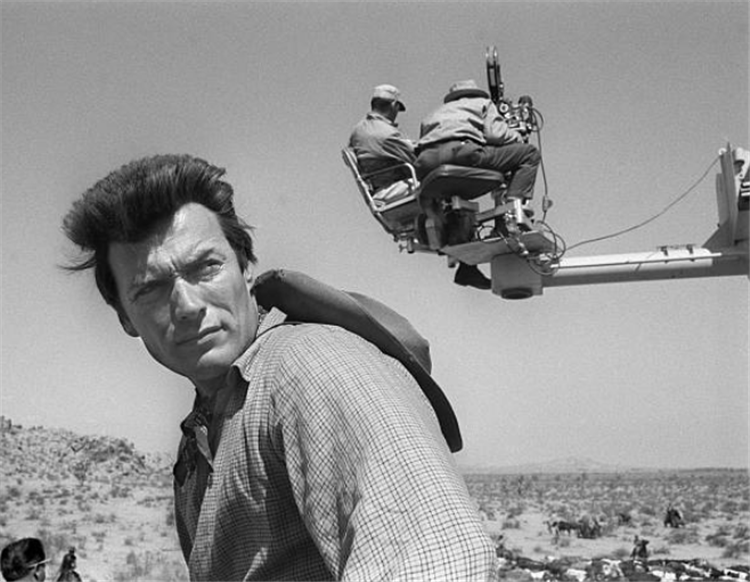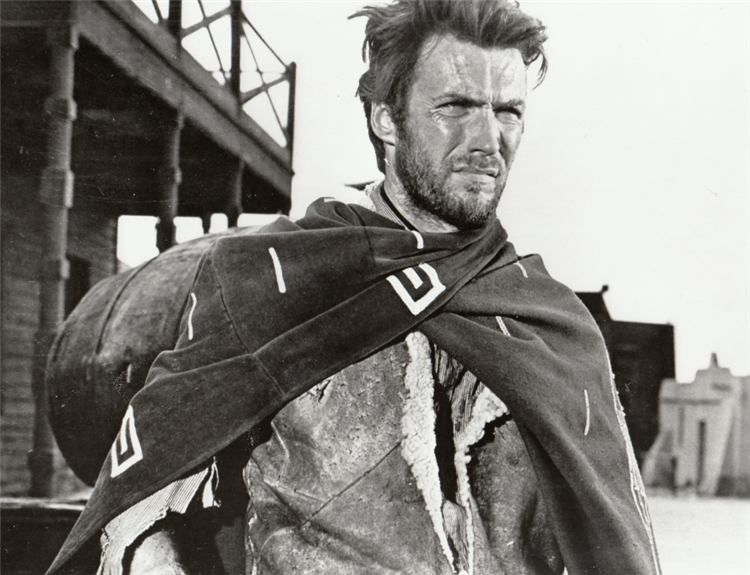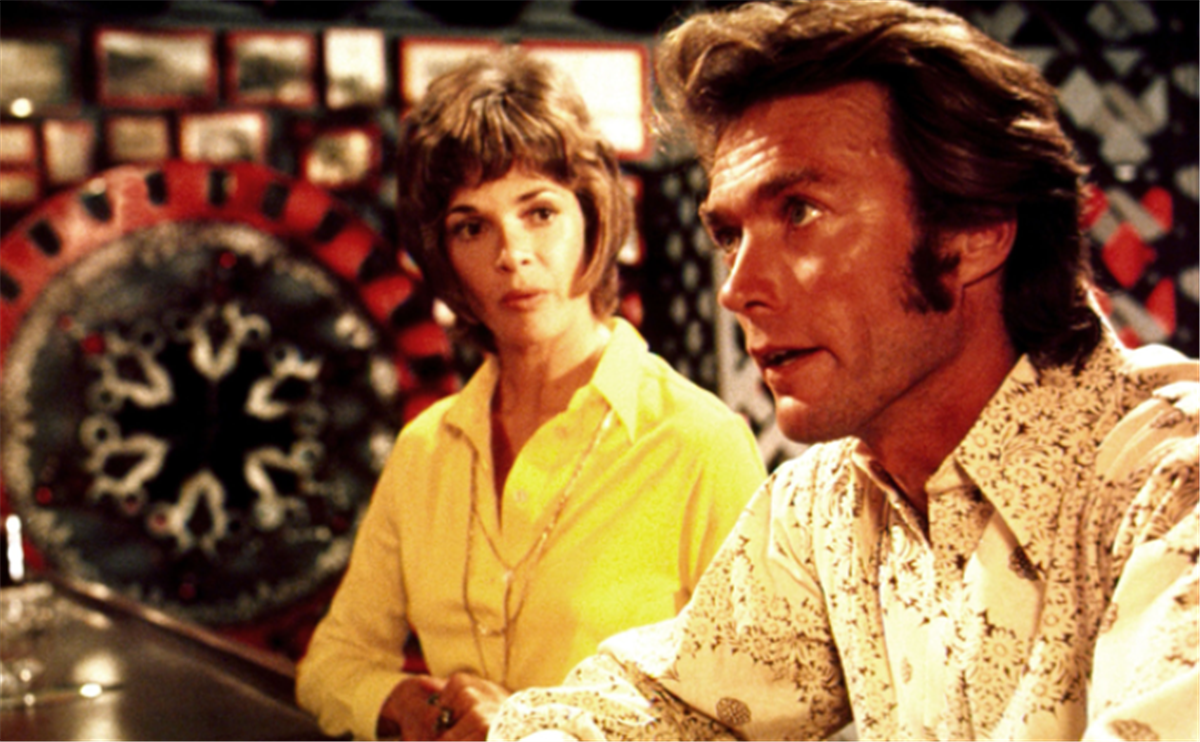In looking back on his decorated career as a cinematic staple, an Oscar-winning director and producer, and prominent political activist, one trait sets the icon apart from his fellow Hollywood fogies. The same characteristic that has arguably benefitted his prolific career for the last six decades: Clint Eastwood is, by no means, a talented actor; rather, he’s an unprecedented and unparalleled film presence.
Before striking up a long-time collaborative relationship with the Italian auteur Sergio Leone, Eastwood took on bit parts here and there in run-of-the-mill Western fare that dominated the airwaves during the dawn of television. His grunt work eventually earned him a six-year gig as Rowdy Yates on the CBS staple Rawhide. At the time, Eastwood’s 6-foot-4 frame and poor acting skills by definition were nearly dismissed by Universal Television, but his idiosyncratic, don’t-give-a-damn approach to stepping in front of the camera helped catch the attention of Spaghetti Western pioneer Leone, who cast the up-and-coming talent in three of his features, back-to-back-to-back: A Fistful of Dollars, For a Few Dollars More, and The Good, the Bad and the Ugly, which propelled the actor’s career to that of iconic status.

Eastwood’s signature squinting and hissing of his lines spilled over from Westerns to dramas and crime thrillers, particularly with the emergence of his rogue cop franchise, Dirty Harry. After garnering the reputation of Hollywood’s sexiest bad boy (who lived up to his notorious womanizing rep off-screen as well), Eastwood stepped behind the camera to direct his debut feature Play Misty for Me, casting himself alongside emerging actress Jessica Walter. The film tells the story of a provocative affair between a disc jockey and an obsessive fan, whose fling turns deadly when another lover enters the picture. It earned Walter a Golden Globe nomination for Best Actress and forced Hollywood elite to take the already austere Clint much more serious as a filmmaker.
Nearly every year since 1971, Eastwood has directed films that received critical praise and dozens of Oscar nominations. Of his 37 directorial endeavors, a whopping thirteen have been nominated for Academy Awards and have accumulated three Oscar wins, including Best Picture Awards for the harrowing Million Dollar Baby and Unforgiven (the latter earning him an additional statue for Best Director).

Director” may not necessarily be the very first word that jumps to mind when one thinks of Eastwood, but, when looking back on his sixty-year career, it’s clear that the actor is a far more talented filmmaker — and a deeply nuanced one at that despite his arguably overrated and potentially dimensionless onscreen persona. Eastwood undoubtedly used his success in the ’60s to create his own path in the ’70s while other famous leading men — Bogart, McQueen, Grant — stuck to acting and only acting. Never one for following the norm, Eastwood not only made the jump from television to film in the first quarter of his career (a showbiz rarity all the way through the ’90s) and then from actor to director — feats somewhat unheard of while Hollywood was transitioning form the Studio System to the New Hollywood Era and beyond.
It’s possible that Eastwood thoroughly enjoys acting but used his quickly acquired fame early on as a leg up for what he truly wanted to do: make films. Luckily, his no-nonsense approach to acting spilled over to the director’s chair as his films, though all truly different from one another, share a similar crispness both in style and tone. Sharp, unwavering plots and non-invasive, but incredibly intimate, framing are constants through all of Eastwood’s endeavors, despite their varying genres and themes. Sure, some may argue that Eastwood is indeed a talented actor by definition, but it’s tough to disprove that he’s a far more iconic presence whose signature style, both onscreen and off, have made for one of the most unique careers in Hollywood history.
